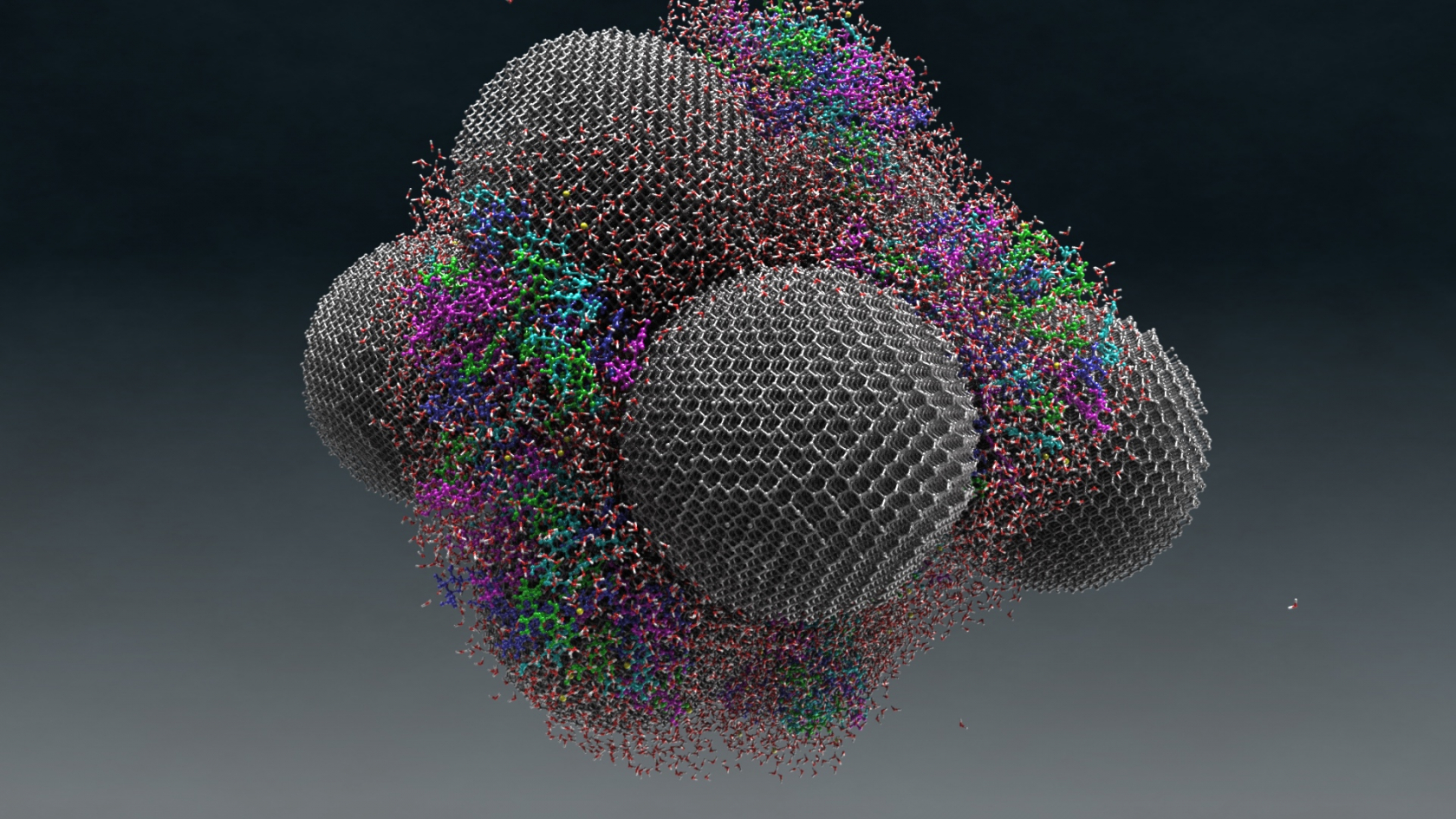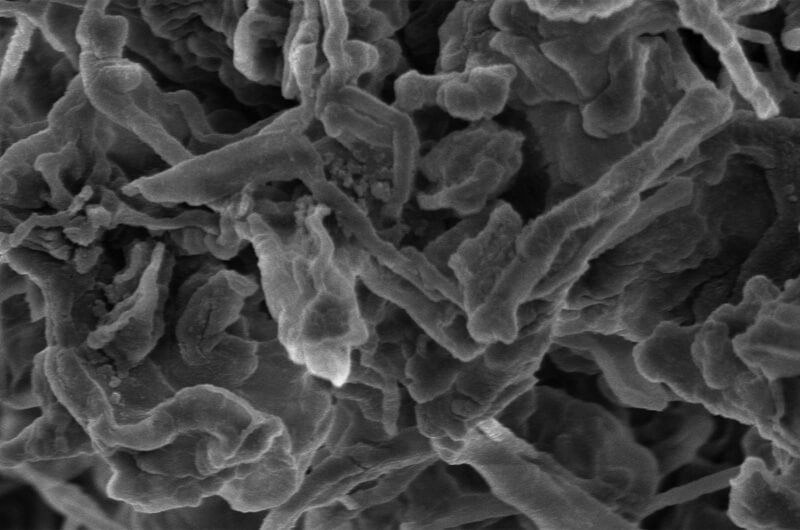Researchers at Drexel University have discovered a way to make lithium-ion batteries safer using nanodiamonds. They have found that mixing nanodiamonds (above image) with the electrolyte solution prevents dendrites from forming, which is the primary cause for overheating and exploding batteries.
Dr. Yury Gogotsi and his team recently published a paper in the journal Nature Communications. In it, they outline how to use tiny diamonds in an electrolyte to eliminate dendrites that lead to battery short circuiting.
Lithium-ion batteries are made up of three primary components; a positive electrode called the cathode made with Li metal oxide, a negative electrode or the anode made from carbon, and an electrolyte made up of lithium salts. The electrolyte is placed between the cathode and anode, which allows the exchange of ions during charging and discharging.
During this exchange, plating occurs which is not uniform and thus causes deposits within the anode. After a while, these deposits grow and form sharp tendrils that can pierce the thin electrolyte membrane. When the anode and cathode mix, it creates a short circuit. Overheating with the potential to catch fire or explode is common. This possibility is significantly reduced by using metal in the cathode rather than pure lithium, but the trade off is shorter battery life. So manufacturers try to find the middle ground and sometimes fail.
Not only can batteries be safer since the nano diamonds prevent dendrites from forming, but longer battery life can also be had by using pure lithium rather than Li metal oxide. This two-fold benefit is what makes the research so ground breaking. However, Dr. Gogotsi, stresses that safety is the primary reason for the research.
"When you start charging them again and again, dendrites start growing. There may be several safe cycles, but sooner or later a short-circuit will happen. We want to eliminate or, at least, minimize that possibility."
Even so, longer lasting batteries between charges is also a welcome side effect.
The reason it works is that lithium ions attach themselves to the diamonds as they move through the electrolyte. Since the nanodiamonds naturally come together uniformly, plating occurs in a regular pattern rather than random manner. The researchers report that using nanodiamonds in the electrolyte solution eliminates dendrite formation 100 percent through 100 charge/discharge cycles. Gogotsi admits that the process still needs more research though.
"The initial findings only show stable charge-discharge cycling for as long as 200 hours, which is not nearly adequate for batteries used in laptops or cell phones," he said, adding, "It's potentially game-changing, but it is difficult to be 100 percent certain that dendrites will never grow. To ensure safety, additives to electrolytes, such as nanodiamonds, need to be combined with other precautions, such as using non-flammable electrolytes, safer electrode materials, and stronger separators."
Top Image by Oak Ridge National Laboratory

